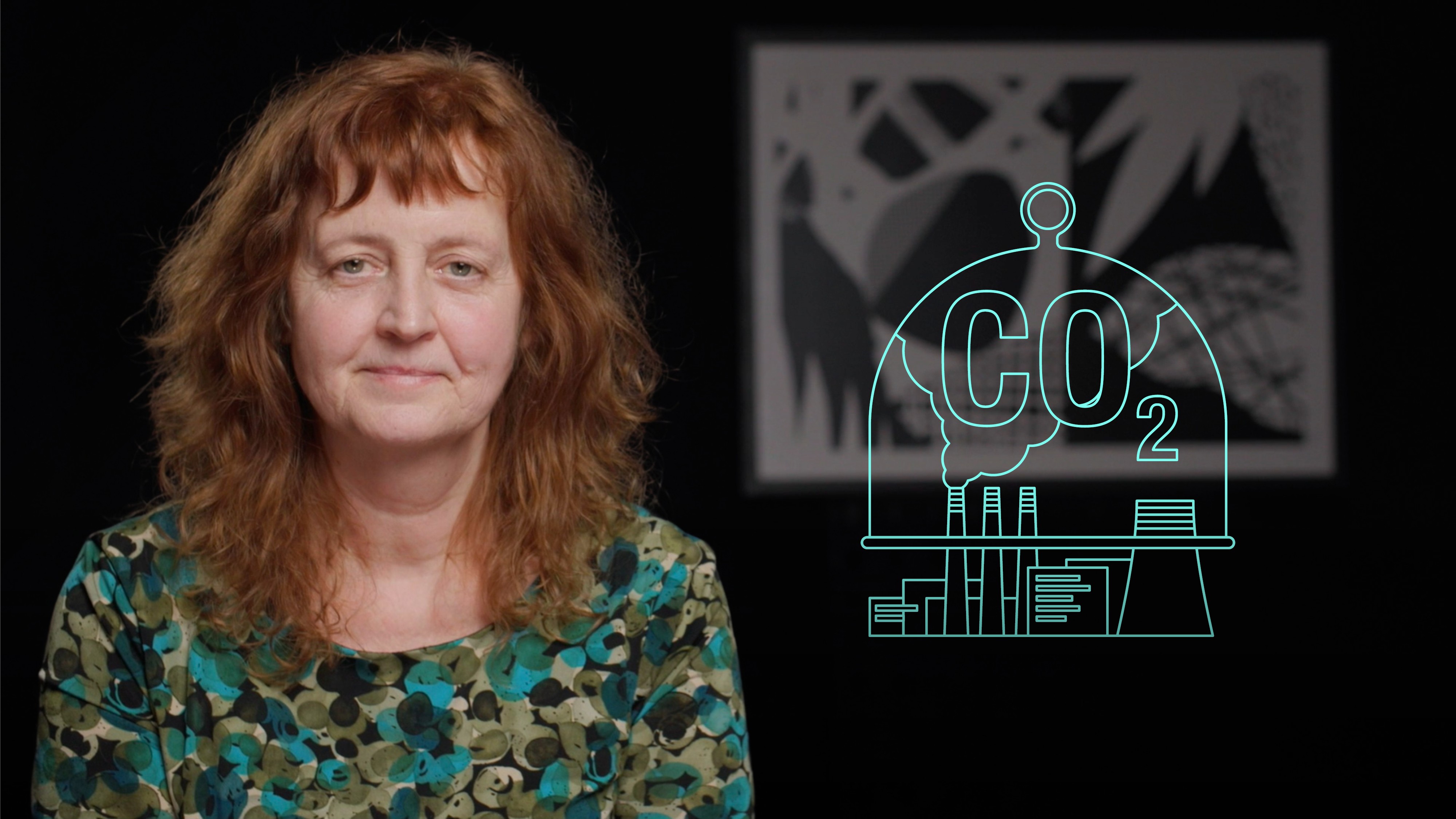
Landscape of Global Emissions Trading Schemes

Nicola Steen
30 years: Emissions Trading Schemes
In this video, Nicola Steen explores the origins and key features of global emissions trading schemes by covering the first UK ETS and then the EU ETS which effectively shut down the original UK ETS. Nicola will also explain the origin of the new UK ETS following Brexit. Finally she will also outline features of the California ETS and China ETS.
In this video, Nicola Steen explores the origins and key features of global emissions trading schemes by covering the first UK ETS and then the EU ETS which effectively shut down the original UK ETS. Nicola will also explain the origin of the new UK ETS following Brexit. Finally she will also outline features of the California ETS and China ETS.

Landscape of Global Emissions Trading Schemes
7 mins 18 secs
Key learning objectives:
Understand the origins and key features of key features of some of the ETSs around the world
Overview:
Emissions trading schemes are an effective policy tool in major economies to combat climate change. However, the rules, mechanisms, participants and ultimately the effectiveness are different in each jurisdiction. It is vital to understand how schemes vary between different regions and how they can eventually bring about substantial reductions.
How did the UK ETS come about?
The UK ETS started in 2002 and ran as a pilot before the EU ETS started in 2005 effectively, and closed in 2009. It was the first pan-economy ETS in the world that spanned several different industries. Reviews of the UK ETS were conducted by DEFRA and the National Audit Office and they concluded that the scheme achieved reasonable emission reductions, however the targets were not demanding enough.
EU ETS
The EU ETS was the largest scheme in the world at the time of launch in 2005 pilot. The EU ETS currently applies to the emissions of over 10,000 installations across five key emitting industries in the EEA. The obligatory industries include: Electricity and heat generation; energy intensive industry sectors; commercial aviation; acid production and aluminium production. The EU ETS covers about 40% of EU GHG emissions and auctions run by member states allocate 57% of EU ETS allowances. The EU ETS requires that each installation surrender enough allowances on an annual basis or else may be imposed heavy fines. The OECD reviewed the EU ETS and believed that the EU ETS could have been less generous with the level of allowances supplied which would have meant even more significant reductions.
How was the new UK ETS developed after the UK left the EU ETS?
Post-Brexit, the UK Government decided to create a UK-specific ETS on 1 January 2021. The UK government had decided to go with their own scheme despite Brussels offering the chance for the UK to be a part of EU ETS as a “third country”. The participants of the new UK scheme included the Scottish,Welsh and Northern Irish Governments. The new UK ETS aimed at being more strict and the “emissions allowed without the scheme will be reduced by five per cent” of the emissions allowance within the EU scheme. The new UK ETS is obligatory for energy-intensive industries, power stations and aviation and is not currently linked to any other schemes, though the UK Government may look to do this in the future.
What are the key features of the California ETS?
In 2013, the California ETS was launched following the Global Warming Solution Act of 2006. The California ETS covers around 600 facilities and accounts for almost 85% of California’s emissions. It now covers large industries, electricity sectors and fuel transport. The California ETS was linked with Quebec’s ETS in 2014 and in 2021 there were a number of amendments made, around changing cost-containment provisions, offsetting usage limits and a steeper cap decline.
What are the main features of the China ETS?
China’s ETS began officially in 2021 and is currently the largest scheme in the world. China’s ETS currently covers about 40% of national emissions. This is because China also has a number of regional schemes that run in parallel to the national ETS. Gradually integration into the national ETS is expected.

Nicola Steen
There are no available Videos from "Nicola Steen"





















